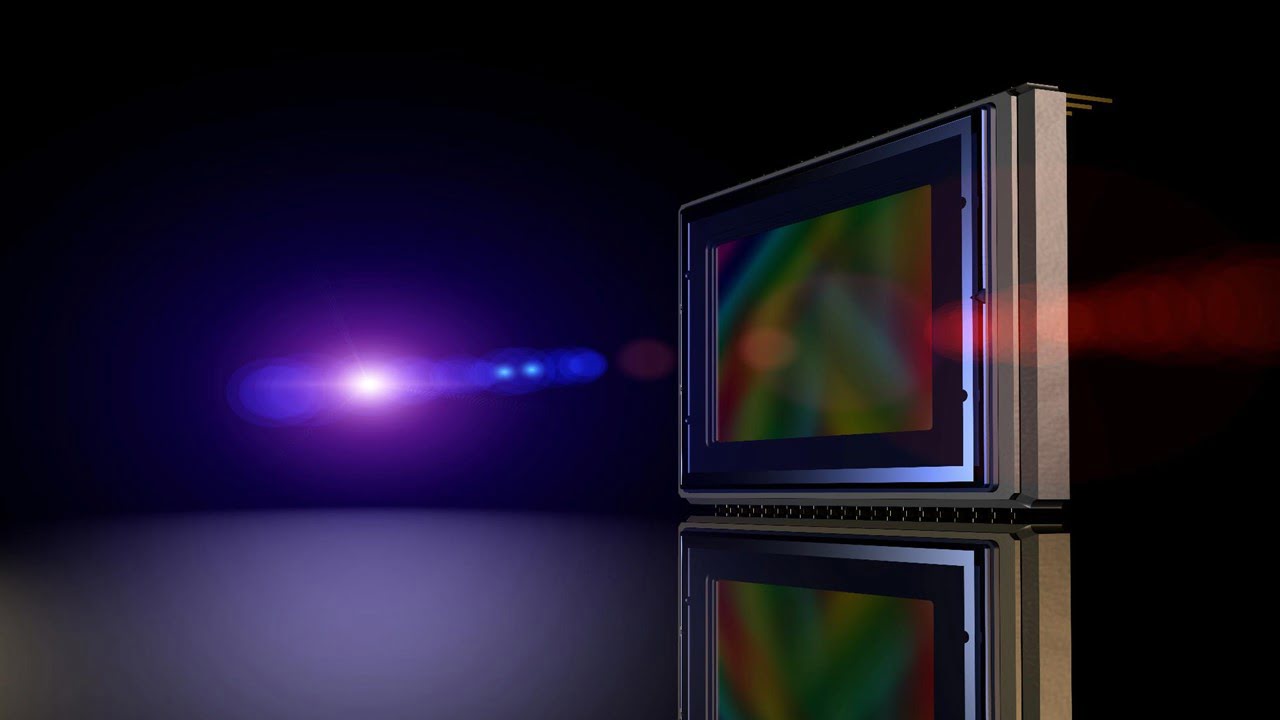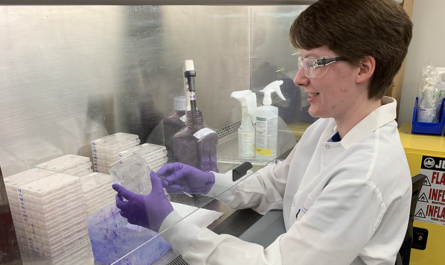Image sensors have come a long way since their initial development and modern day sensors are capable of capturing high resolution images with improved performance.
Early Shutter Developments
The earliest image sensors relied on simple mechanical shutters to control light exposure. These mechanical shutters functioned much like traditional camera shutters, using a physical curtain or blade to block light from reaching the sensor during non-exposure periods.
While effective, mechanical shutters had some limitations. They were prone to wear and tear over time which could affect shutter speed accuracy. They also couldn’t achieve extremely fast exposure times on the order of microseconds which was necessary for applications like high speed photography.
Electronic Shutters Emerges
To overcome the shortcomings of mechanical Shutter Image Sensor, researchers began exploring the possibility of electronic shutters that didn’t have any moving parts. One of the earliest electronic shutter designs used a layer of photodiode material as the image sensor. Bias voltages could be applied to this diode layer to rapidly change its conductivity and allow or block light during exposure periods.
This proved the concept of using electronic signals rather than mechanical mechanisms for image sensor shuttering. However, early electronic shutter sensors still struggled with issues like image lag where residual charges from previous exposures would affect quality.
CMOS Sensor Development
A breakthrough came with the emergence of CMOS image sensors which integrated both the image sensor photodiodes and electronic control circuitry onto the same silicon substrate. This allowed for finer control over the shutter using transistor switches.
CMOS image sensors quickly supplanted CCD sensors in many applications due to their higher readout speeds enabled by individual pixel level amplification. The electronic shutter capabilities of CMOS sensors also addressed prior issues like image lag and made exposure times measurable in microseconds possible.
Global Electronic Shutters
While initial CMOS sensors used a rolling shutter design where rows of pixels were sequentially exposed, later technological developments enabled truly global electronic shuttering.
In global shutter equipped sensors, the entire sensor array can be instantaneously reset to start exposure and read out simultaneously to end exposure through electronic timing signals. This eliminated rolling shutter artifacts and enabled applications like high speed videography. It also allowed consistently accurate exposure times irrespective of frame size.
New Materials and Designs
Continued innovation has led to new image sensor materials and electronic shutter designs with even better performance. An example is the development of global shutter stacked sensors that place the pixel array and control circuitry in separate vertically stacked layers.
Shutter Image Sensor manufacturers have also introduced back-illuminated designs where the wiring is placed behind light sensitive parts to improve light capture efficiency. Coupled with new fab processes for high speed depleted p-n junction shutters, exposure times can go well below a single microsecond.
Software Controlled Electronic Shutters
The latest innovation is software controlled electronic shutters that leverage the processing power of modem image processors and systems on chips. This gives OEMs and app developers precise control over exposure parameters through software.
Capabilities like variable frame rate photography with electronic shutter, high dynamic range imaging using multiple exposures, and sophisticated computer vision functions relying on ultra-fast shutter speeds are now readily possible through software defined camera architectures.
*Note:
1. Source: Coherent Market Insights, Public sources, Desk research
2. We have leveraged AI tools to mine information and compile it


